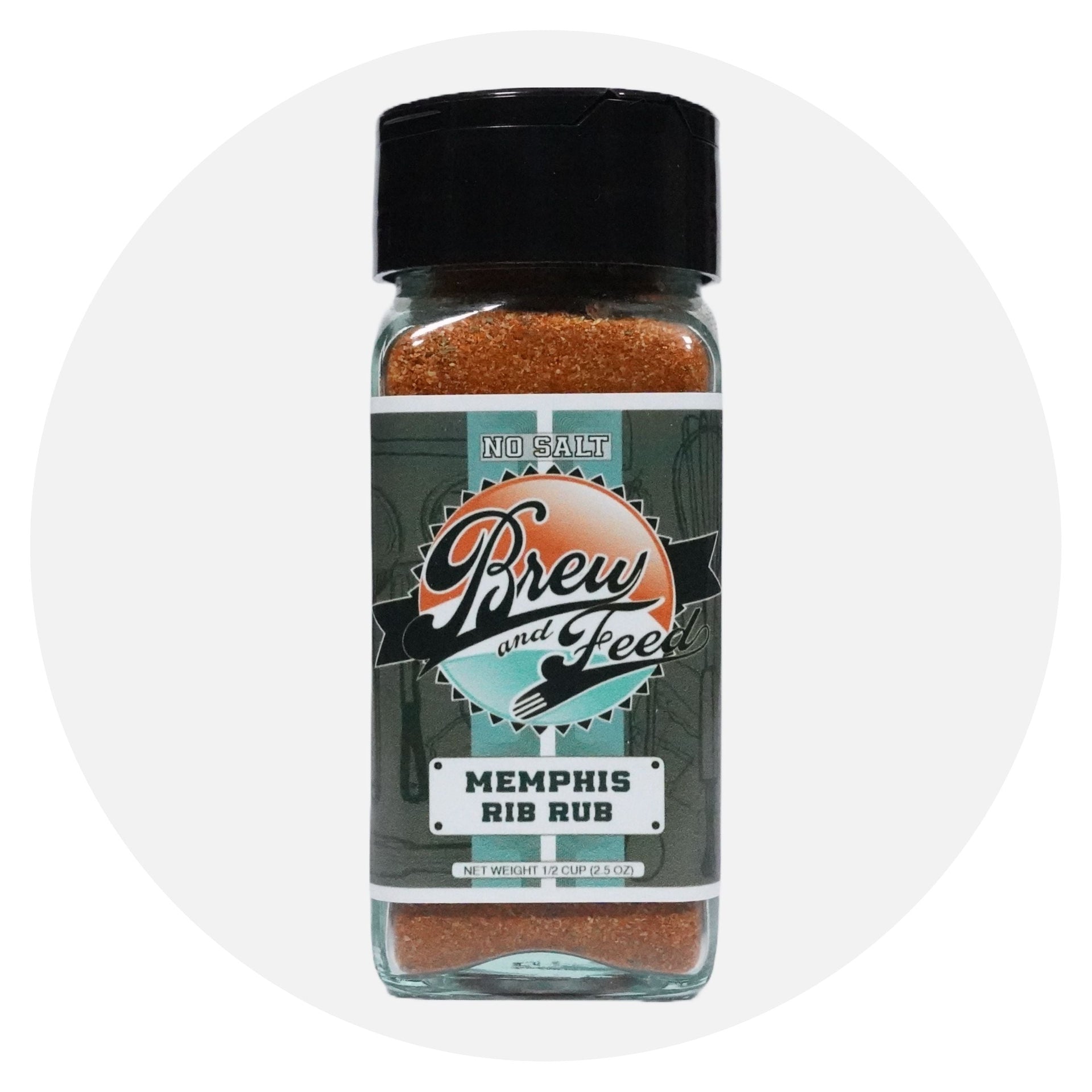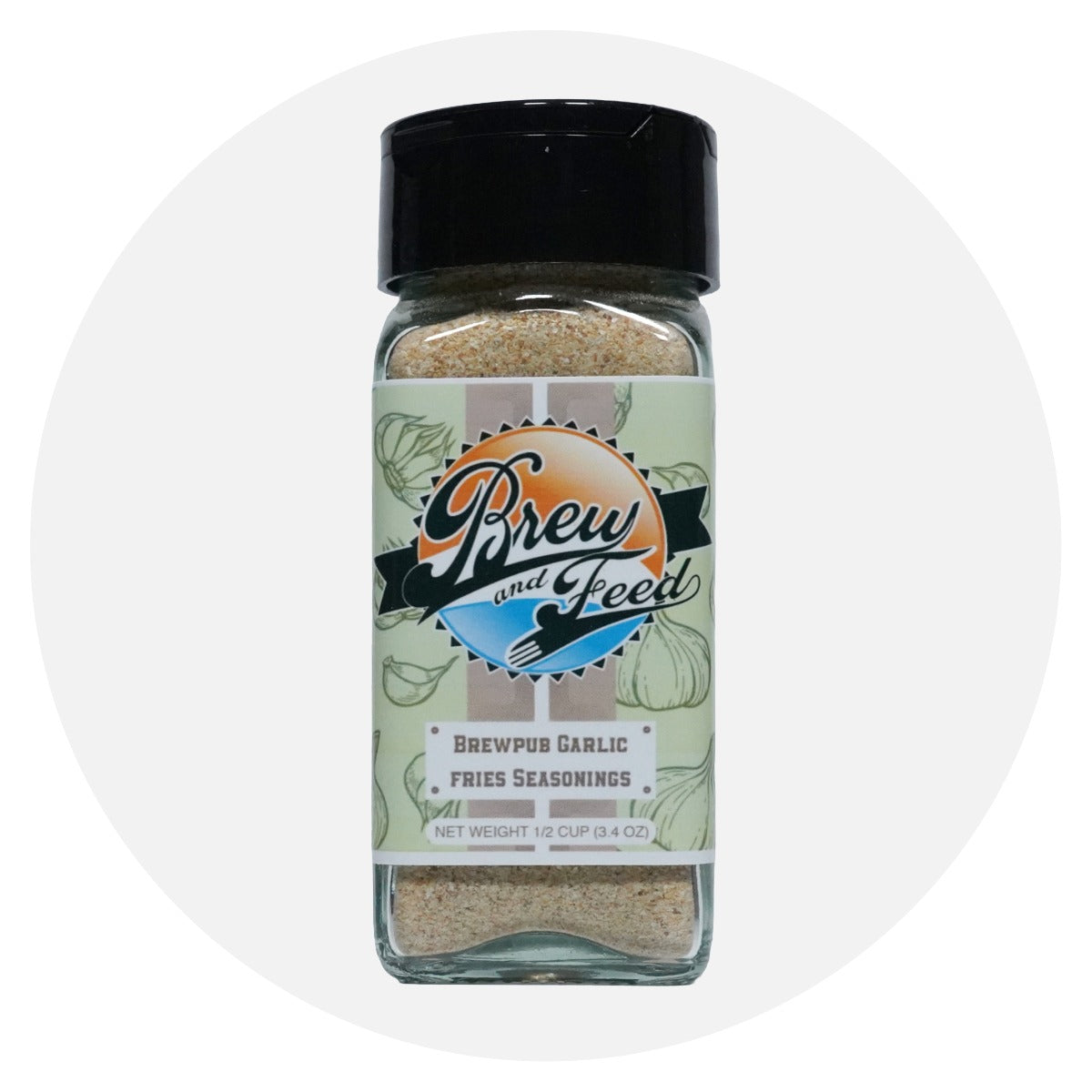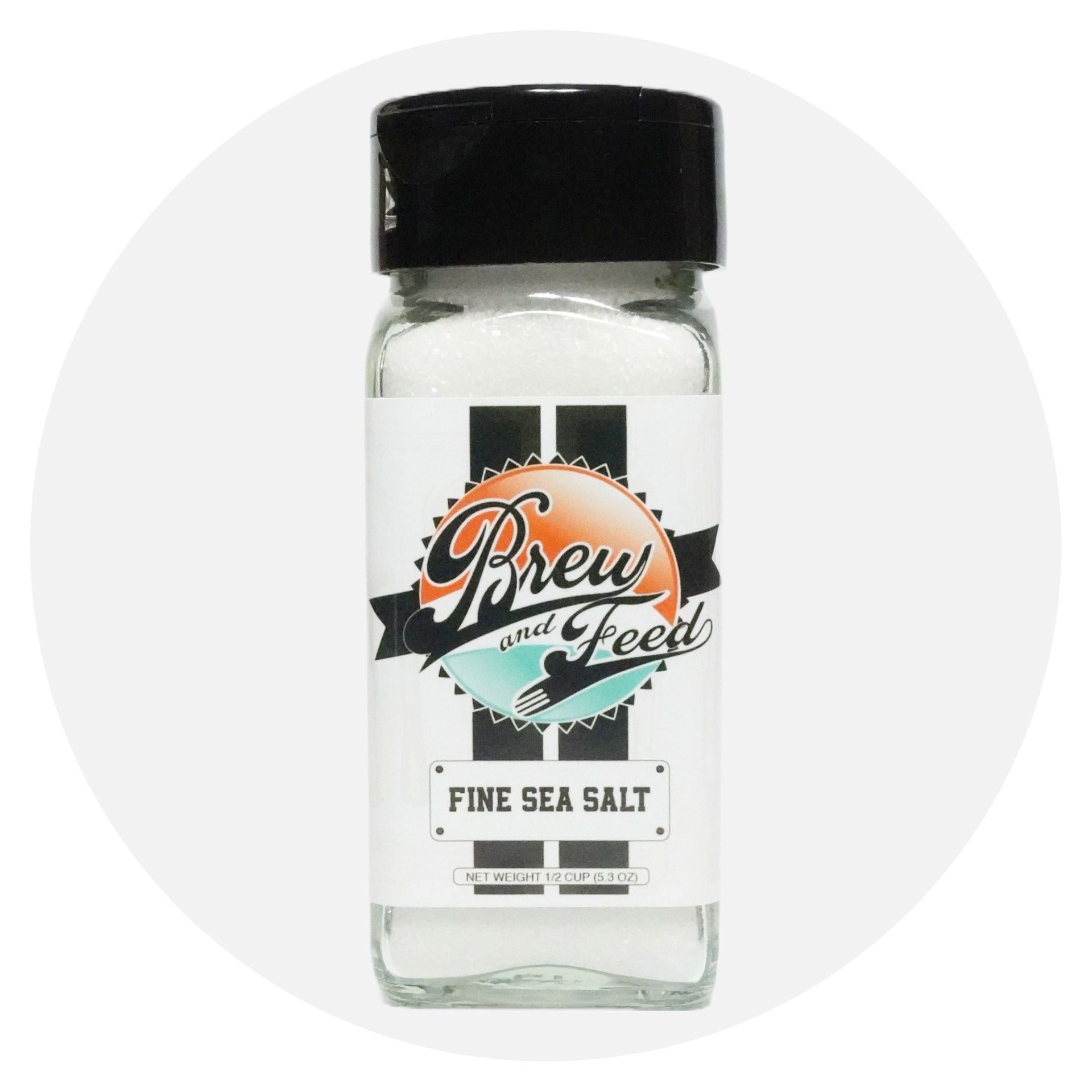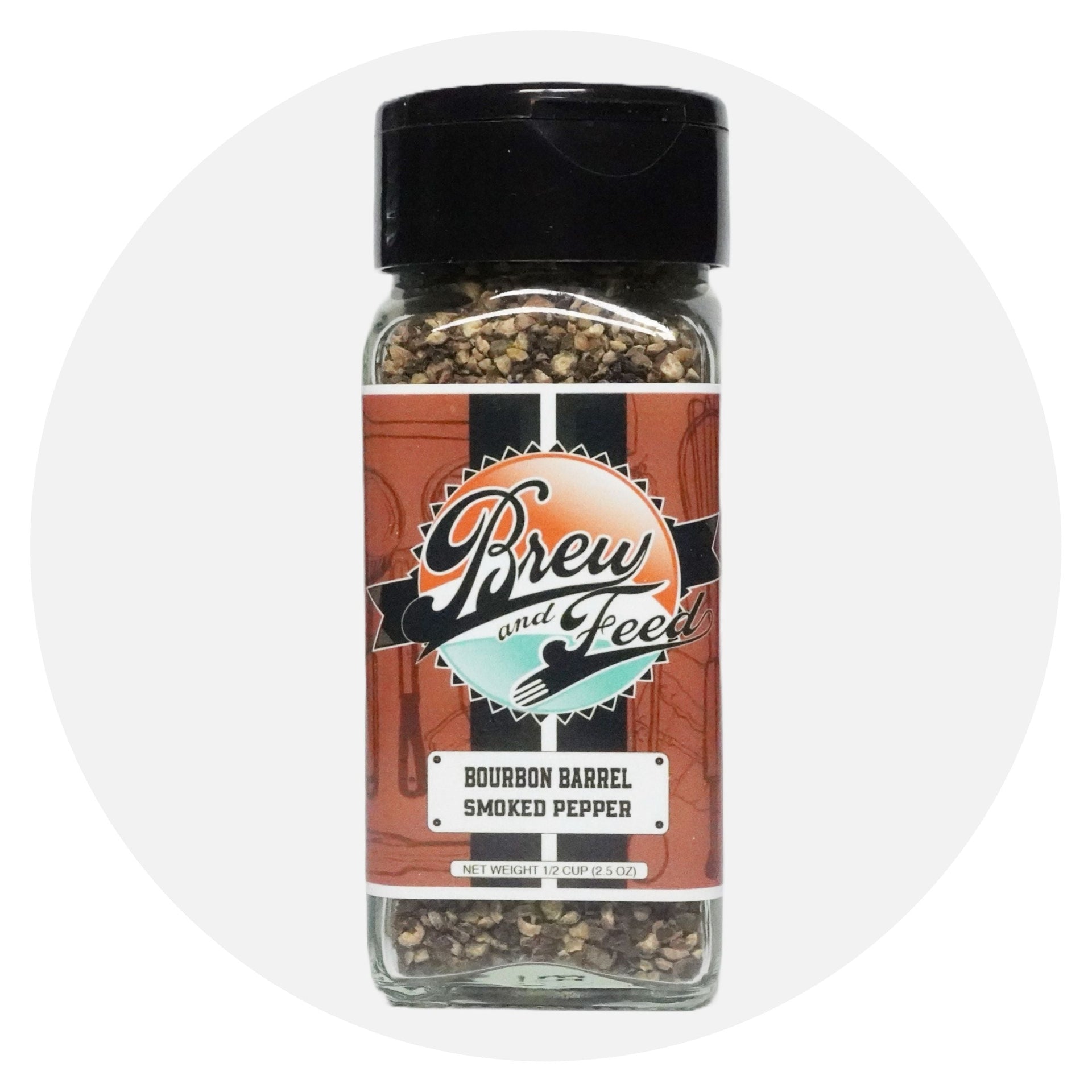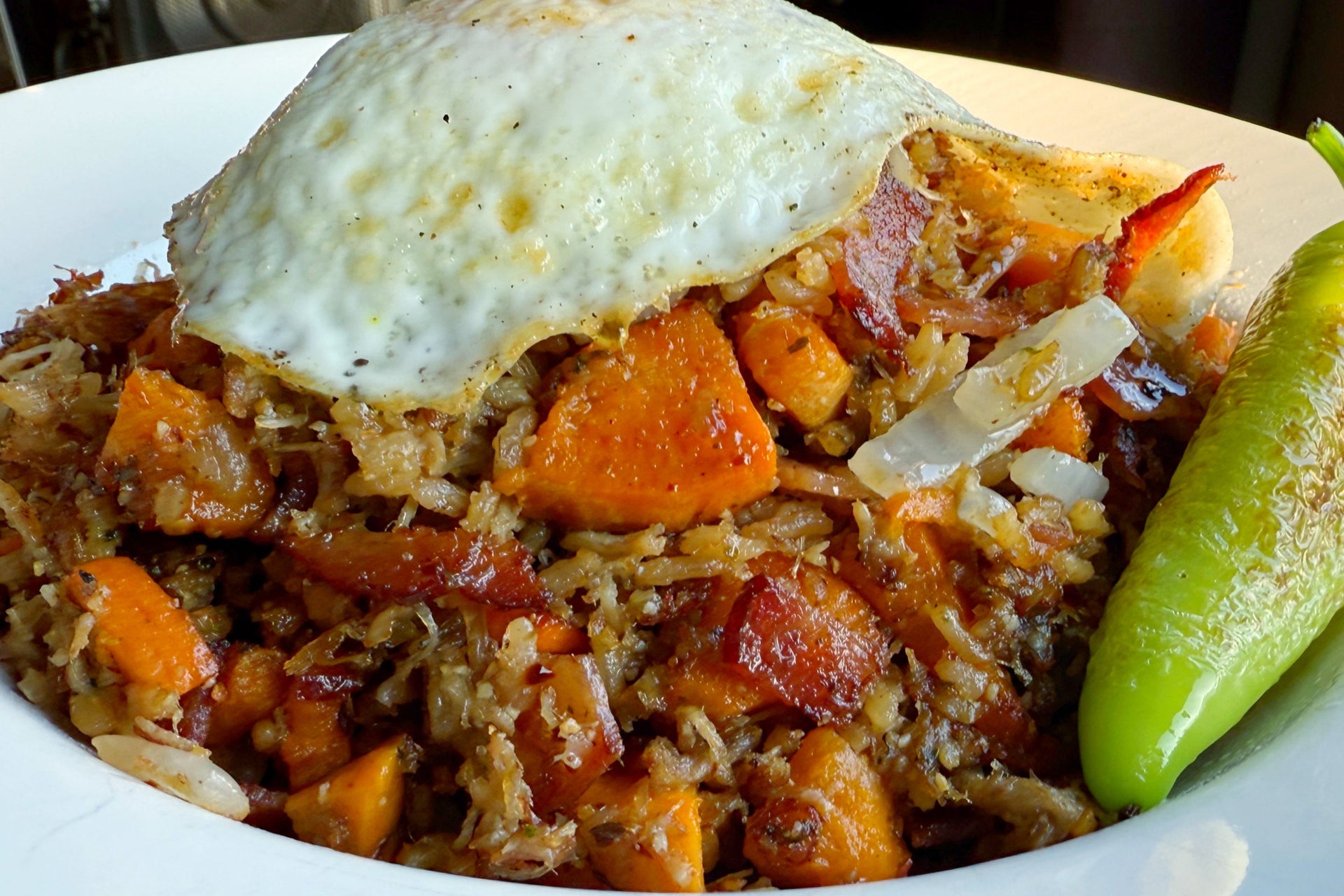
The History of the Hash Cooking Method
I cook just about every day, but sometimes I get a little too enthusiastic and end up with more leftovers than I can handle. After two days of the same dish, my taste buds start yawning. That’s when I play fridge scavenger hunt! I dig through, grab those leftovers, and whatever else looks fun, and whip it all together into a completely new—and usually delicious—meal. Nine times out of ten, it turns into a hash. It’s like magic: old food, new life!
Hash is a versatile and hearty dish that has evolved from a simple, practical way to use leftovers into a beloved comfort food enjoyed across the globe. Its origins are tied to the concept of "hashing," meaning to chop or cut into small pieces, often using leftover meats, potatoes, and vegetables. Over the centuries, hash has been adapted in various cultures, making it a staple in home kitchens and restaurants alike.
Origins of Hash
The word "hash" itself comes from the French term *hacher*, meaning "to chop." The method of chopping and frying ingredients together has been around since at least the 17th century, though it likely predates this period in some form. In colonial America, the idea of hash took hold as an efficient way to stretch resources. Leftover meats from a previous meal—often roast beef or pork—would be diced and combined with potatoes, onions, and sometimes eggs, before being pan-fried to create a meal that was not only cost-effective but also tasty and filling.
During this time, hash was also seen as an "all-in-one" meal, providing proteins, vegetables, and starch in one skillet. For many, it became an important dish, especially for working-class families who made the most out of what they had on hand.
The Rise of Corned Beef Hash
While hash originally referred to any combination of leftover meat and vegetables, corned beef hash became particularly popular in the United States. In the late 19th and early 20th centuries, as canned goods became more widespread, corned beef hash became a common convenience food. Corned beef, paired with potatoes, became a filling, easy-to-prepare dish for many households.
Corned beef hash reached its height of popularity during and after World War II when rationing and the economic conditions of the time encouraged the use of preserved meats, including canned corned beef. It was particularly beloved in diners and cafés, where it was often served for breakfast, typically with a fried egg on top. This American classic became synonymous with hearty breakfasts, and today it remains a common choice on breakfast menus, especially in diners.
Hash Across Cultures
Hash, as a cooking method, has found its way into different culinary traditions. In England, a dish known as *bubble and squeak* is made by frying leftover vegetables and potatoes together, often with some form of meat. This is a variation on the same concept of reusing leftovers, much like the French *hache*, where hash was used to describe dishes created from leftover food, primarily involving meats and vegetables.
In other countries, hash takes on different forms. In Russia, there's a version of hash called *dacha*, typically made with potatoes, beef, and vegetables. Meanwhile, in Caribbean cooking, *saltfish and ackee* is often served with hash-browned potatoes or fried plantains, blending local flavors with the concept of hashing.
Hash in Modern Times
Today, hash is no longer just a method for using up leftovers. It has transformed into a dish enjoyed in its own right, often elevated by the use of quality ingredients and innovative twists. Modern versions of hash feature a range of meats—like smoked salmon, bacon, or chorizo—while the traditional potato component remains a favorite. In some contemporary kitchens, hash is paired with exotic spices or ingredients, such as sweet potatoes, Brussels sprouts, or even quinoa, reflecting the ongoing creativity around this timeless dish.
While its history may have been born out of necessity, hash has endured as a beloved dish, embodying comfort and resourcefulness. From the simple rustic meals of the past to the gourmet varieties we enjoy today, hash continues to evolve, bridging past and present with every savory bite. Whether served for breakfast, lunch, or dinner, hash is here to stay as a versatile dish that proves the value of culinary tradition, creativity, and sustainability.

